
A train hauling two million gallons of crude oil from North Dakota had exploded in the Canadian town of Lac-Megantic, killing 47 people. Now regulators had to assure Americans a similar disaster wouldn’t happen south of the border, where the U.S. oil boom is sending highly volatile crude oil every day over aging, often defective rails in vulnerable railcars.
View this complete post...












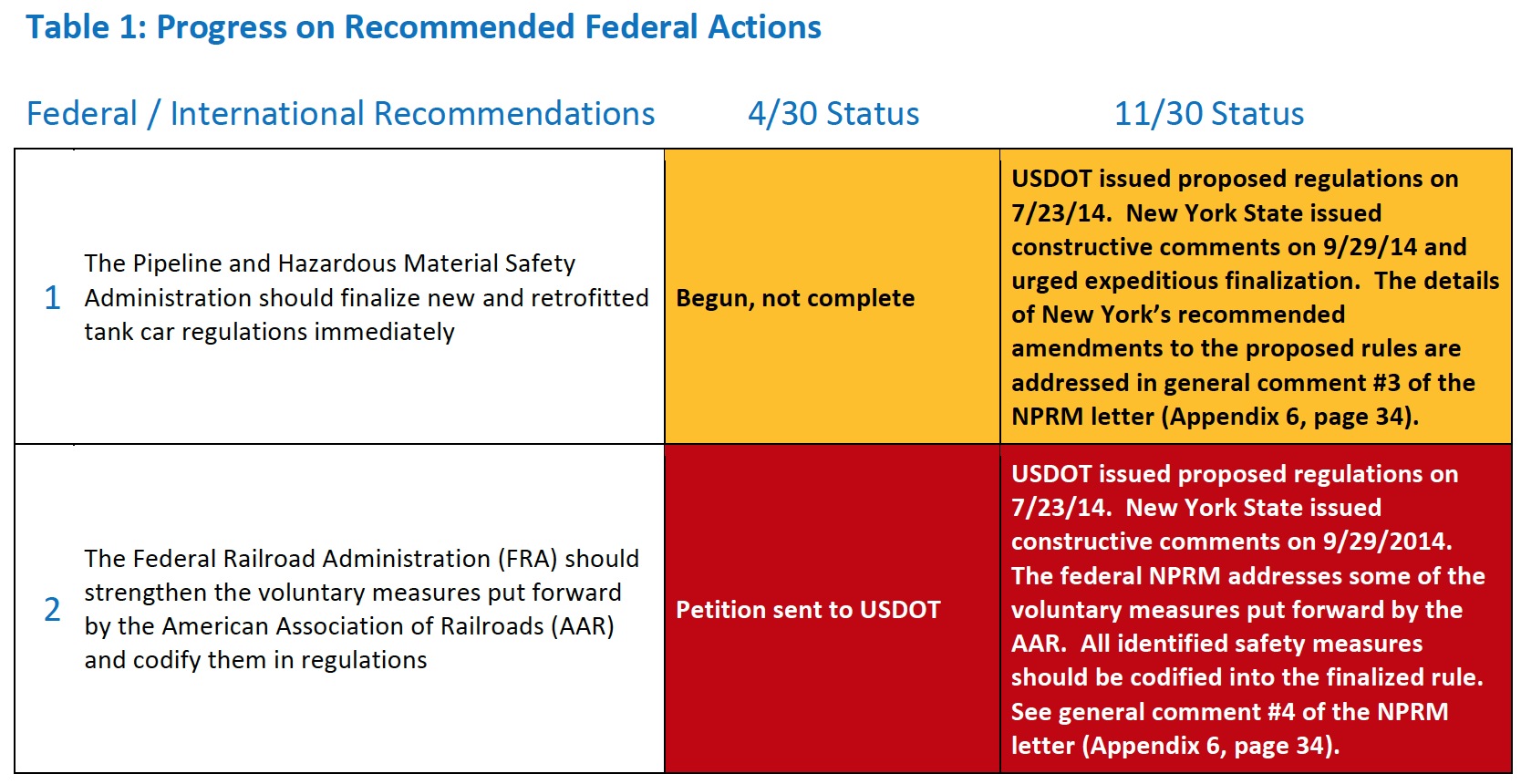
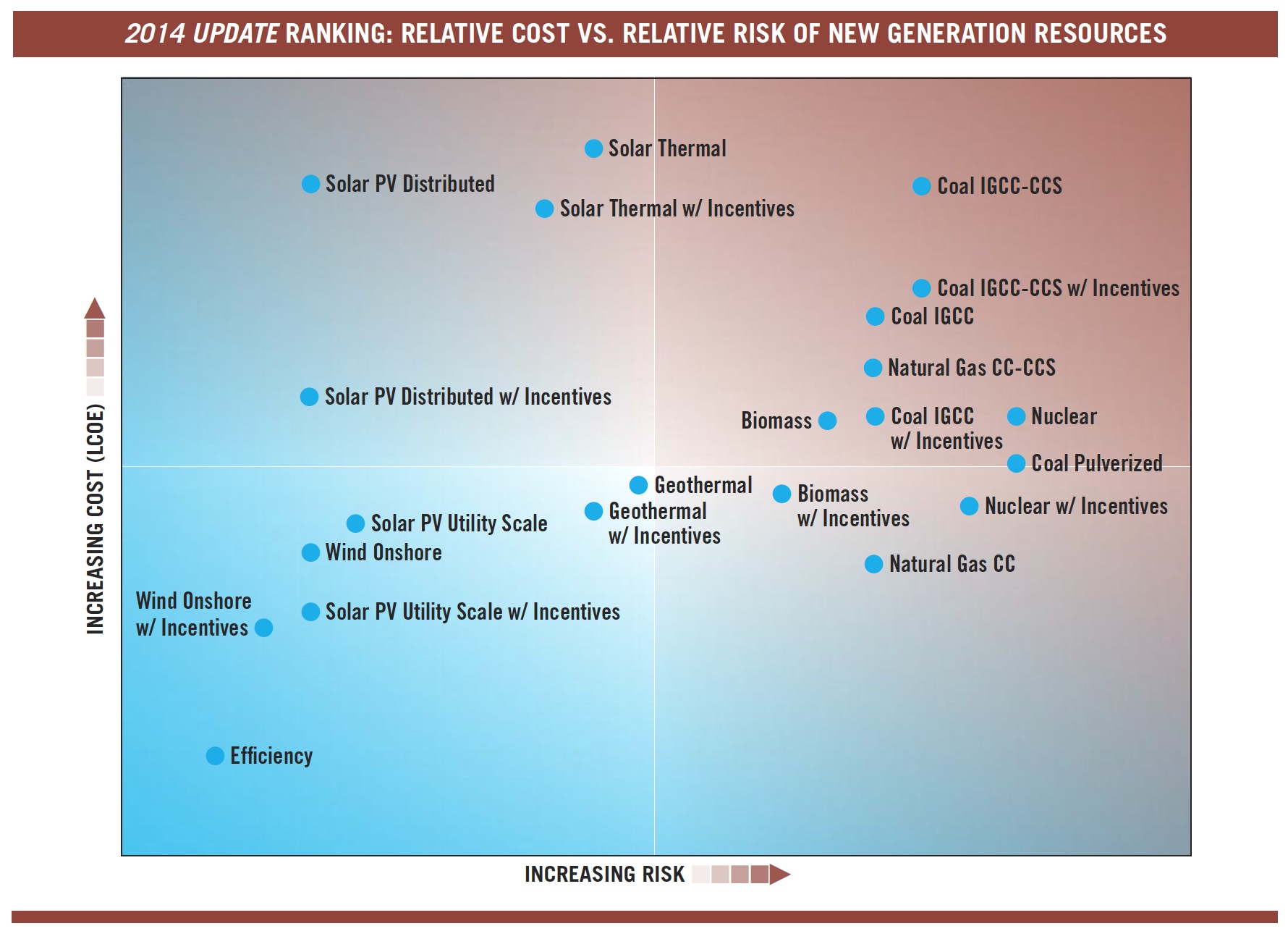
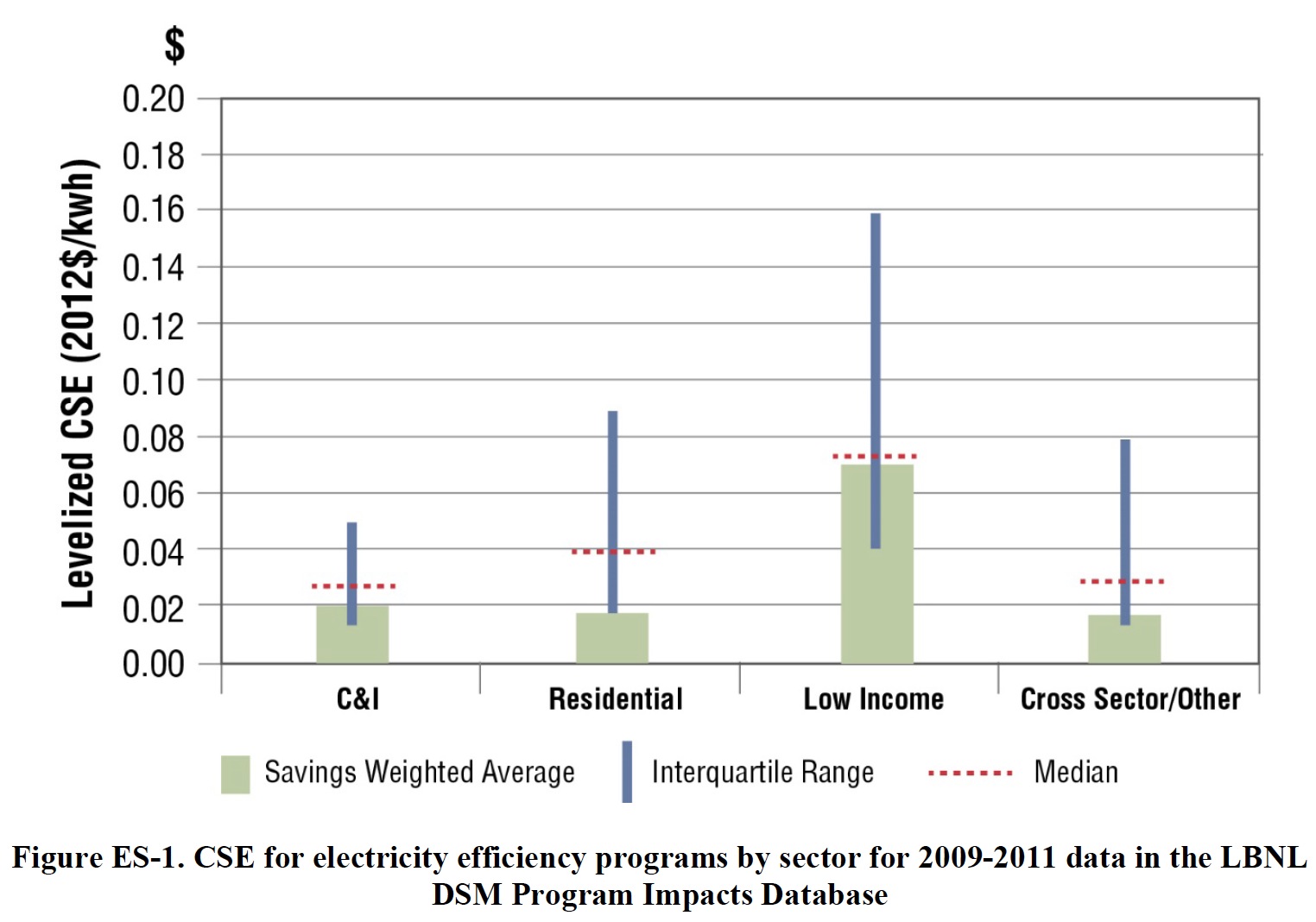
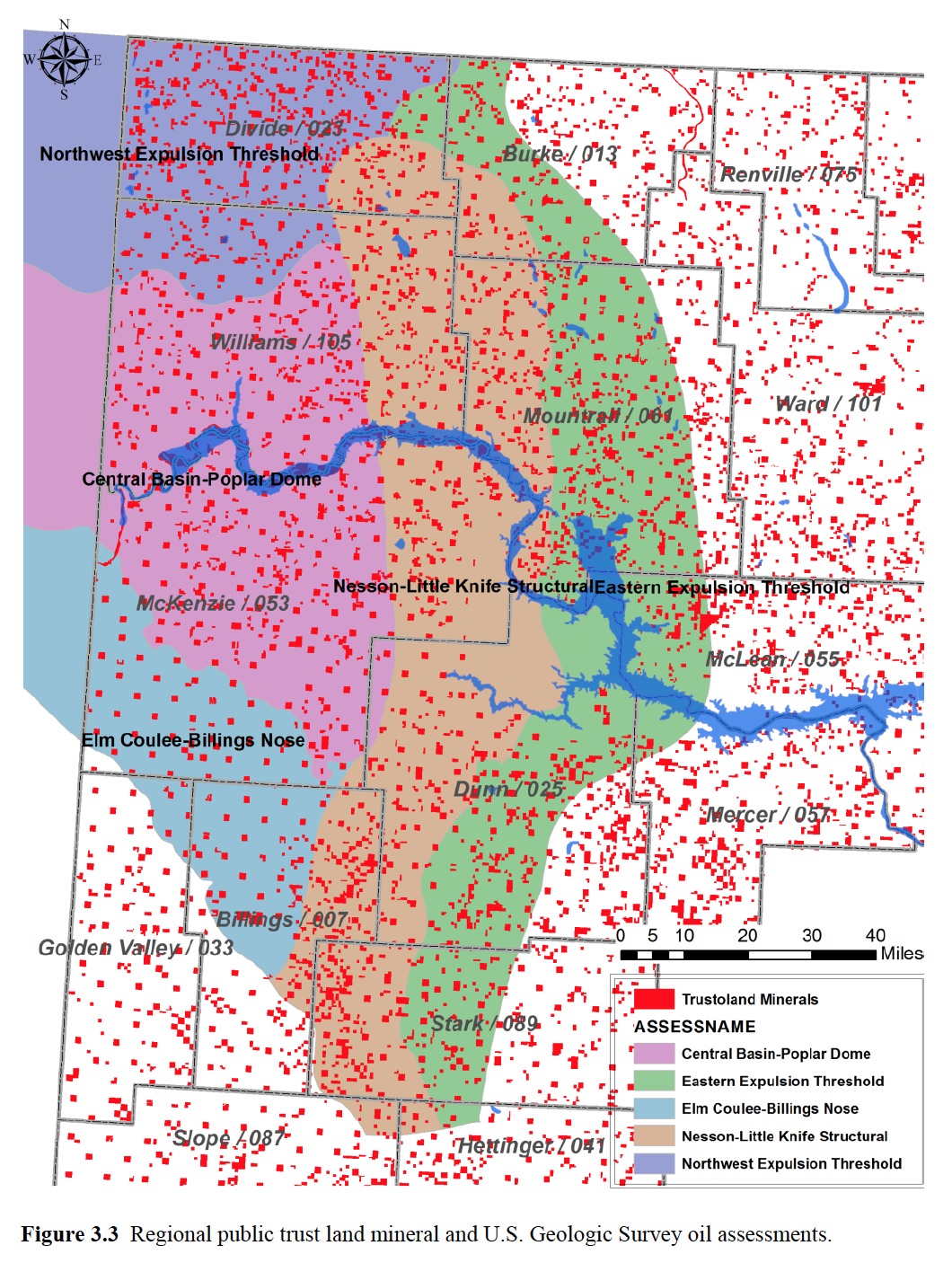

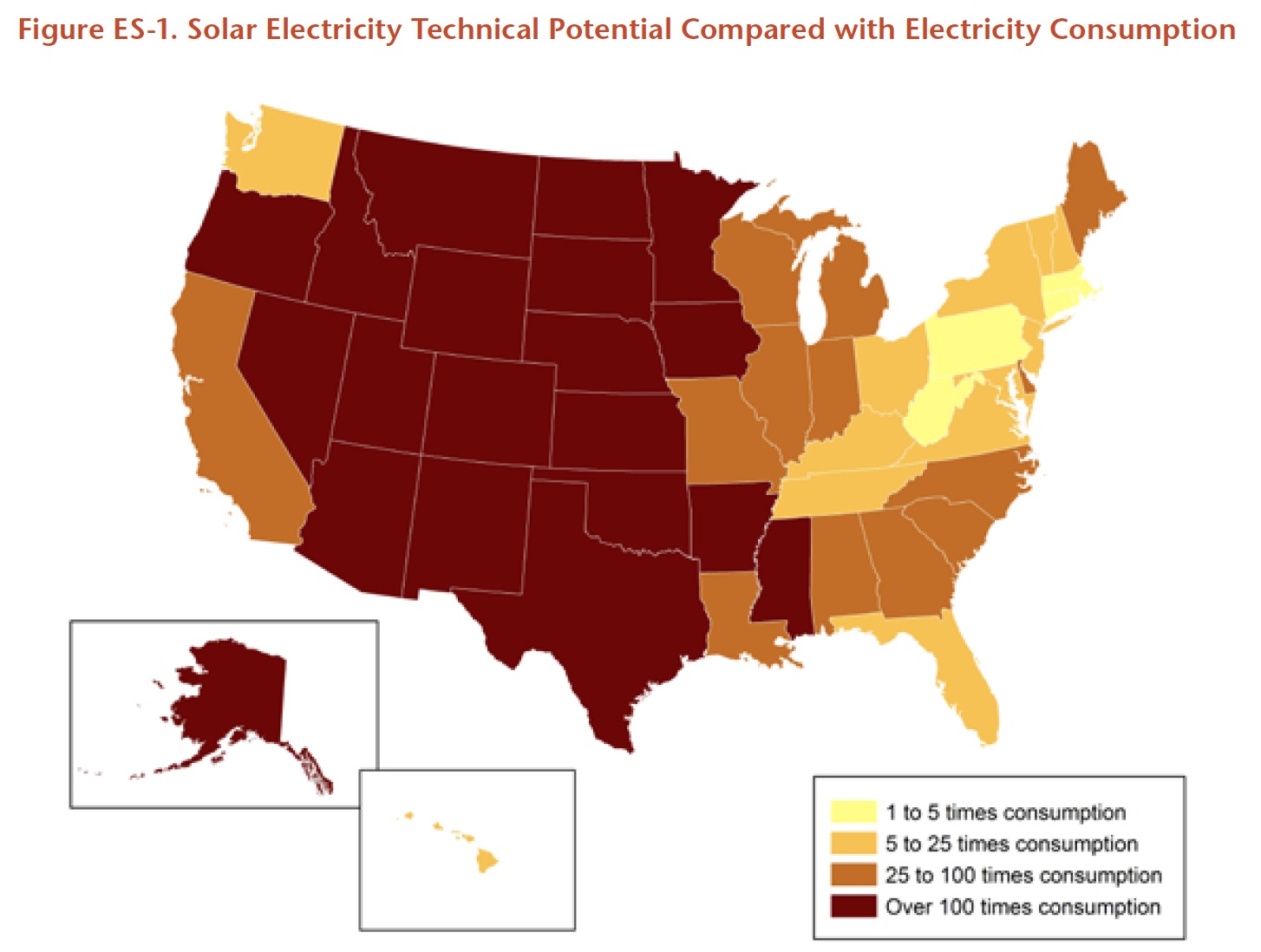

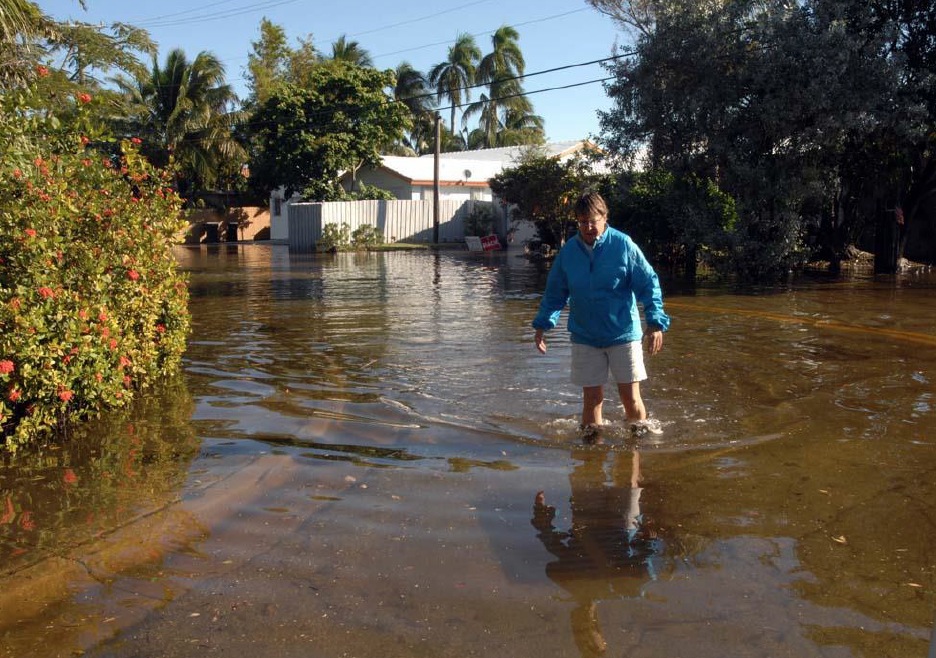

 RSS Feed
RSS Feed